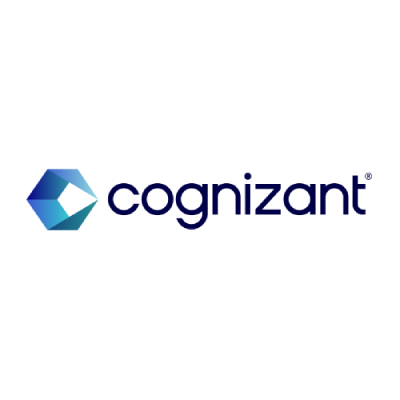Cognizant is delighted to have won the prestigious Outstanding Catalyst-Beyond Telcos award at TM Forum’s DTW-Ignite 24, awarded to the Catalyst that demonstrated the best use of innovation to meet the evolving needs to B2B and B2B2X environments.
We were recognised with several partners for the ground-breaking “Autonomous networks hyperloops – phase V” project to enhance the speed, efficiency and effectiveness of emergency responses to global disasters. Harnessing cutting-edge technology to ensure uninterrupted telecoms networks, the initiative is set to set lives and enhance security and resilience, worldwide.
Proactive and predictive: the effective response to global crises
The headlines of wildfires raging across continents, floods inundating entire regions, and earthquakes reducing cities to rubble and growing human-triggered events such as cyberattacks, crippling & disrupting essential services is impacting every part of our lives.
Climate change is amplifying the frequency and intensity of natural disasters, forcing us to confront a sobering reality: our current approach to disaster response is failing and is more reactive.
We rely heavily on communication networks – the lifeblood of coordinated rescue efforts – that are often the first casualties of a disaster. Traditional infrastructure crumbles under pressure, leaving emergency responders and affected communities isolated and scrambling for information.
This reactive approach isn't enough. We need a paradigm shift towards a more proactive, predictive and intelligent response to such catastrophic events. This future hinges on three pillars:
- Autonomous Networks (AN): Imagine communication networks that are intelligent to self-monitor, self-predict the extent of the impact, and can take smart actions, find solution on its own, self-heal, reroute traffic, and quickly adapt to changing conditions – even amidst physical damage. ANs, powered by AI, real-time telemetry and full transparency of the network health & performance can ensure uninterrupted connectivity and ensure the uptime of network services, the lifeline for emergency response and communication during a crisis.
- Artificial Intelligence (AI): Data is the new oil in the disaster response landscape. Real-time AI analysis of weather patterns, infrastructure vulnerability, and historical events can help predict where and when disasters might strike. This foresight allows for pre-emptive measures, saving lives and minimizing damage.
- Digital Twins (DT): Imagine a virtual replica of your city and the network communication systems, constantly updated with real-time data. DT technology allows us to model disaster scenarios, assess potential risks, and plan response strategies before a crisis unfolds. This proactive approach streamlines response efforts and optimizes resource allocation.
The virtual command center: A vision for a more resilient future
These technologies converge in the concept of a Virtual Command Center (VCC) – a central hub that integrates AN, AI, and DT to provide a 360° view of a disaster zone. Emergency management teams gain access to real-time data, can predict potential threats, and collaborate seamlessly on a unified response plan.
The benefits are undeniable:
- Faster response times: AI-powered insights allow for proactive deployment of resources, minimizing response delays.
- Improved decision-making: Real-time data empowers informed decisions, leading to more effective interventions.
- Enhanced collaboration: VCCs bridge the gap between different response teams, fostering a unified approach.
- Increased resilience: Predictive modeling allows for preventative measures to mitigate damage and loss of life.
Building a more resilient & secure future
The road to a more resilient, agile and sustainable future starts with a collective commitment to innovation. By embracing these emerging technologies, we can move from reactive to proactive, predictive and preventive disaster response. VCCs represent a significant leap forward, but this is just the beginning. Continuous development and collaboration are crucial to stay ahead of the curve.
Imagine a world where AI predicts an impending flood, triggers preventative measures, and coordinates a swift emergency response with minimal human intervention. Today the complex digital ecosystem in supporting mission-critical services across industry verticals like Chemical, Energy, Nuclear, Oil & Gas, public sector and Data center service providers, demands and necessitates such resiliency & autonomous operations. This future is within reach, but it requires a shared vision and a commitment to invest in the technologies that can save lives. Let's start the transformation for a secure future. Click here to learn more about how we are Connecting disaster relief reliably through an AIOps virtual command center.



















